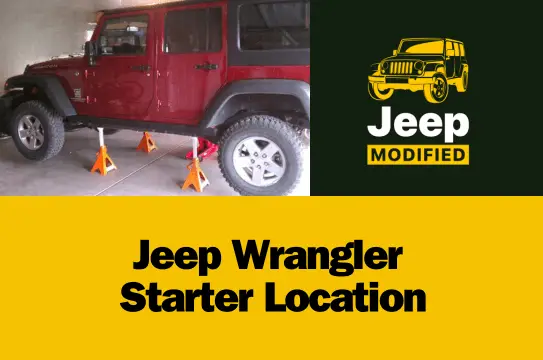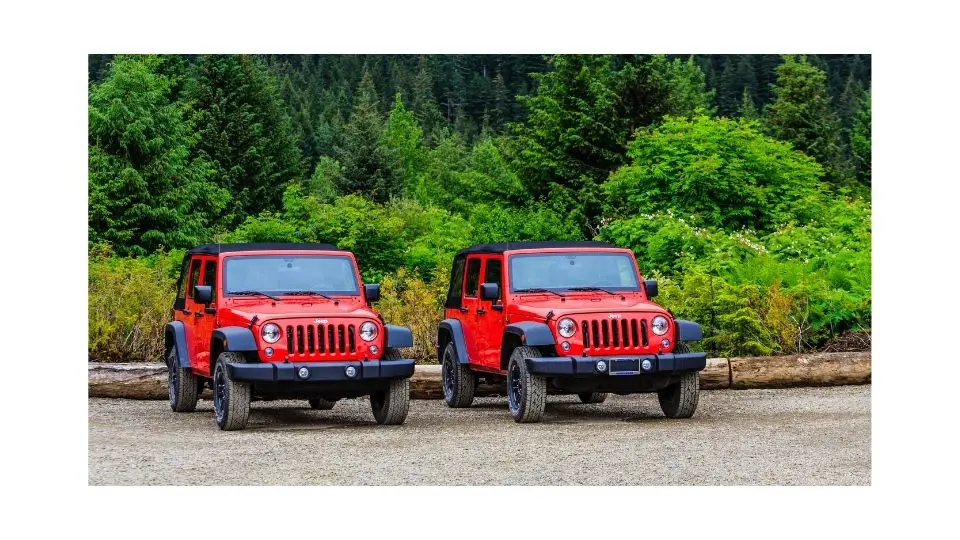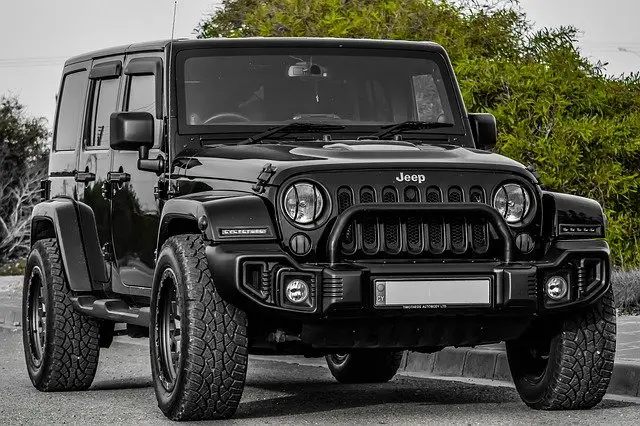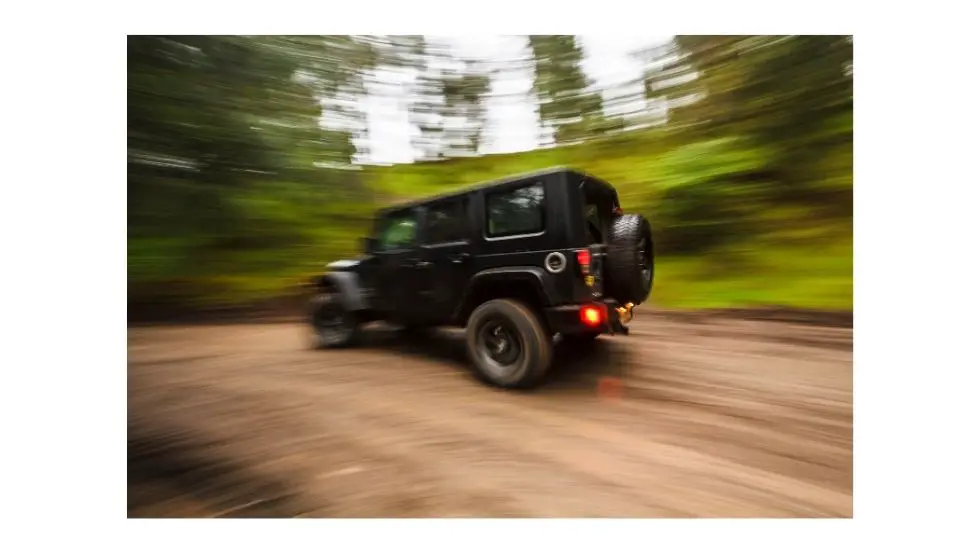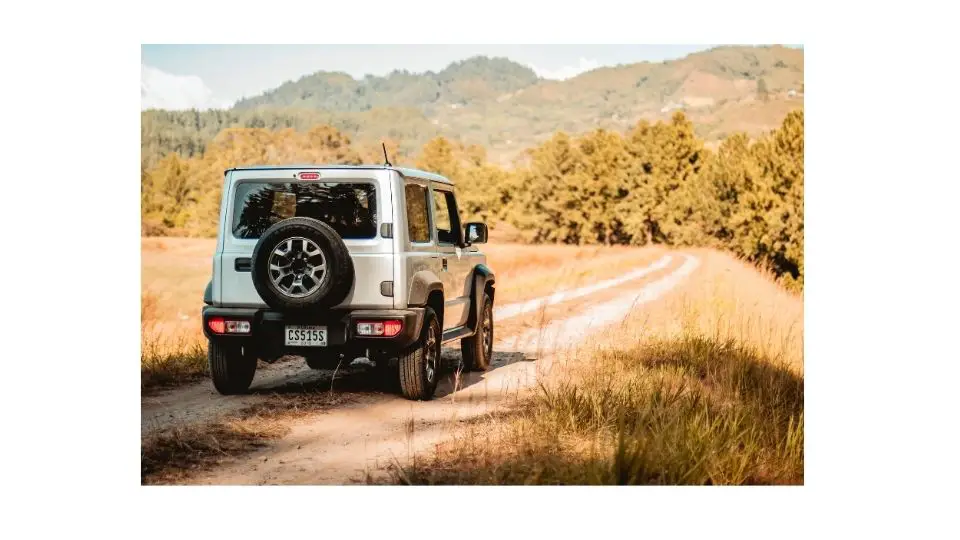Finding the location of the starter in your Jeep Wrangler can be challenging. With this article, we’re here to help you.
The Jeep Wrangler is an iconic vehicle known for its ruggedness and off-road capabilities. Central to its operation is the starter motor, which plays a vital role in initiating the engine’s operations. This guide will lead you through understanding the importance of the starter, how to locate it, common issues associated with it, and maintenance tips to ensure optimal performance.
Jeep Wrangler Starter Importance
The starter in any vehicle, including the Jeep Wrangler, is a crucial component that enables the engine to run. When you turn the key or push the start button, the starter motor engages the engine’s flywheel, allowing combustion to begin. Without a functioning starter, you won’t be able to start the engine, making it essential for vehicle operation.
The Role of the Starter in Vehicle Operation
A starter motor’s main function is to crank the engine. It does this by providing the necessary torque to turn the flywheel of the engine, which in turn engages the internal combustion process. This makes the starter an essential element in the vehicle ignition system.
In modern vehicles, the starter also works in conjunction with the battery, relay, and alternator to manage the overall power distribution. If any component in this system fails, it can result in starting issues, making it crucial to have an understanding of how these parts interconnect.
Specific Function of the Starter in a Jeep Wrangler
In the Jeep Wrangler, the starter performs the same fundamental role as in other vehicles but is specifically designed to withstand off-road conditions. Jeep Wranglers are often exposed to challenging environments, which can lead to wear and tear on the starter motor.
Moreover, the location of the starter allows it to endure the stresses of off-road driving while still being accessible for maintenance. Understanding this can save time and money when troubleshooting starter problems.
Additionally, the Jeep Wrangler’s unique design incorporates features that enhance the durability of the starter. For instance, many models are equipped with heat shields to protect the starter from the extreme temperatures generated by the engine, especially during heavy-duty off-road excursions. This is particularly important because excessive heat can lead to premature failure of the starter motor, resulting in costly repairs and downtime.
Furthermore, Jeep enthusiasts often modify their vehicles for better performance, which can place additional demands on the starter. Upgraded engines or enhanced electrical systems may require a more robust starter to ensure reliable operation. Understanding these modifications and their implications on the starter’s performance can help owners make informed decisions when it comes to maintenance and upgrades, ensuring their Jeep Wrangler remains ready for any adventure.
Jeep Wrangler Starter Location: How to identify
Knowing what to look for when identifying the starter can make your search much easier. The starter is a compact component that typically resembles a cylindrical shape. It is essential to recognize any distinguishing features that set Jeep starters apart from others.
Physical Characteristics of the Starter
A typical Jeep Wrangler starter motor measures around 8 to 10 inches in length. It is characterized by a metal housing, usually painted in black or silver, and has several wires and connectors attached to it.
Additionally, the starter has a solenoid attached, which plays a key role in the operation of the starter. This solenoid is usually located on top of or next to the starter and can often be mistaken for part of the starter itself. Familiarizing yourself with these characteristics will make identification easier. The solenoid’s function is to act as a switch that engages the starter motor when you turn the ignition key, allowing the engine to crank and start. This small yet vital component is often overlooked, but it is crucial for the overall functionality of the starting system.
Where to Find the Starter in Different Jeep Wrangler Models
The exact location of the starter may vary depending on the Jeep Wrangler model year. However, in most models, the starter is located at the rear of the engine, near the transmission. It is best accessed from underneath the vehicle.
For newer models, such as those produced after 2015, the starter can be found on the passenger side. Older models may require you to look on the driver’s side. Always refer to your owner’s manual for specific details based on your model year. Additionally, when searching for the starter, it is important to consider the vehicle’s configuration, especially if it has been modified for off-road use. Some aftermarket modifications may alter the placement or accessibility of the starter, making it essential to be aware of any changes that could affect your search.
Furthermore, when working on your Jeep, ensure that you have the proper tools and safety equipment. A socket set, ratchet, and a jack stand are essential for safely lifting the vehicle and accessing the starter. Taking the time to prepare adequately will not only make the process smoother but also enhance your overall experience as you work on your beloved Jeep Wrangler.
Jeep Wrangler Starter Location: Steps to find
Once you have a basic understanding of the starter’s importance and its characteristics, you can follow these steps to locate it effectively.
Tools Needed for Starter Location
- Jack and jack stands (if needed)
- Socket set
- Ratchet wrench
- Flashlight
- Safety gloves
Having the right tools on hand will make your task much simpler. Ensure that your workspace is well-lit to help you navigate the vehicle components easily. Additionally, consider having a magnetic tray or a small container to keep track of any bolts or screws you may remove during the process, as these can easily be misplaced in the hustle of working under the vehicle.
Safety Precautions Before Locating the Starter
Before you begin the process of locating your Jeep’s starter, prioritize safety. Make sure the vehicle is parked on a flat surface and that the transmission is in park or neutral and the parking brake is engaged.
Wear appropriate safety gear such as gloves and goggles, and if you will be working underneath the vehicle, always use proper jack stands to prevent accidental injuries. It’s also wise to disconnect the battery before starting any work on the starter to avoid any electrical shocks or short circuits that could occur during the inspection or removal process.
How to Find Jeep Wrangler Starter Location
- Engage the parking brake and turn off the vehicle.
- Lift the vehicle using a jack and secure it with jack stands.
- Use a flashlight to illuminate the area under the vehicle.
- Locate the transmission and follow it backward toward the engine.
- Identify the starter located near the transmission—generally, it will have a cylindrical shape.
Upon locating the starter, you can inspect it for any signs of wear or damage. Look for frayed wires, corrosion, or any loose connections that may indicate a malfunction. If you suspect issues, further troubleshooting may be warranted. Additionally, it might be beneficial to familiarize yourself with the starter’s wiring diagram, which can often be found in the vehicle’s service manual. This will help you understand the electrical connections and ensure that everything is properly connected when you’re done with your inspection.
While you’re under the vehicle, take the opportunity to check for any other potential issues that may need attention. Inspect the surrounding components, such as the battery cables and ground connections, as these can also affect the starter’s performance. A clean and secure connection is vital for optimal functionality. Furthermore, consider checking the condition of the engine mounts and exhaust components, as these can sometimes be overlooked but play a crucial role in the overall health of your Jeep Wrangler.
Common Issues with Jeep Wrangler Starters
Like any mechanical part, starters can fail over time. Understanding common issues can help you recognize problems before they escalate.
Signs of a Failing Starter
- Clicking noise when turning the key
- Dim headlights or electrical issues
- The engine does not crank at all
- Intermittent starting problems
Being aware of these symptoms can help you diagnose starter problems early, enabling timely repairs and reducing potential further damage.
We covered a whole article why your Jeep won’t start.
How Starter Location Affects Its Performance
The position of the starter can significantly impact its performance, especially in off-road conditions. Exposure to mud, water, or debris can lead to corrosion or malfunction.
Additionally, if the starter is damaged due to impacts or vibrations, it may fail to function correctly. Regular checks and maintenance can mitigate these risks, ensuring that your Jeep Wrangler remains reliable.
Maintaining Your Jeep Wrangler Starter
Proper maintenance of the starter can prolong its life and ensure optimal performance.
Regular Checks for Optimal Starter Performance
It is recommended to perform regular visual inspections of the starter and associated wiring. Look for signs of corrosion, loose connections, or any frayed wires. Cleaning and tightening connections can often resolve minor issues.
Additionally, testing the battery can help identify potential issues before they affect the starter. A weak battery can cause undue strain on the starter, leading to early failure.
Other Problems with your Jeep Wrangler?
We covered some more problems and solutions you may have with your Jeep Wrangler:
- Radio Reset
- Engine Replacement Cost
- ABS and Traction Control Light On
- UConnect Touch Screen Not Working
Jeep Wrangler Starter Location: When to Seek Professional Help
If you encounter persistent issues despite your maintenance efforts, it may be time to seek professional help. A qualified mechanic can diagnose and address electrical issues that an untrained eye may miss.
Don’t hesitate to consult a professional, as they possess the expertise and equipment necessary for a thorough inspection and repair.
In summary, understanding the starter motor in your Jeep Wrangler, including its location, function, and maintenance, is key to ensuring your vehicle operates smoothly. By following the guidelines outlined in this article, you can enhance your knowledge and your vehicle’s reliability on and off the road.

